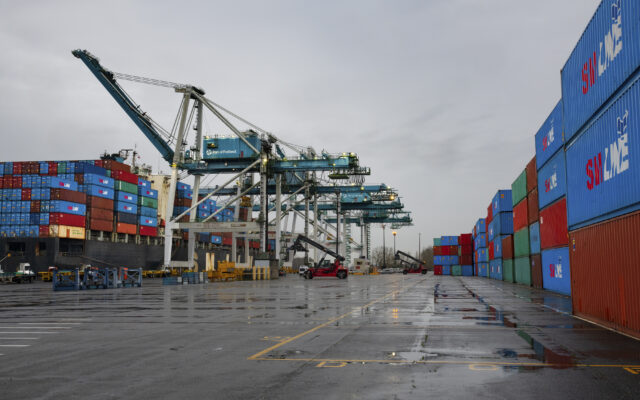Oregon’s Unemployment Rate Below 6% For First Time Since March 2020

PORLTAND, Ore. – Oregon added back 6,900 jobs in May.
That keeps the state’s unemployment rate at 5.9%, which is the same as the revised number for April.
It’s also the first time since March 2020 the rate has been below 6%.
The most new jobs were added in the private education sector, while gains were also made in the professional and business services sector and construction sector.
No gains were made in leisure and hospitality.
Oregon has now added back 62% of the jobs lost during the pandemic.
Here’s more from the Oregon Employment Department:
Oregon’s unemployment rate was 5.9% in May, the same as the revised rate in April. This was the first time Oregon’s rate was below 6% since March 2020 when the state’s rate was 3.6%. Meanwhile, the U.S. unemployment rate dropped to 5.8% in May from 6.1% in April.
In Oregon, nonfarm payroll employment grew by 6,900 in May, following monthly gains averaging 11,400 in the prior four months. Monthly gains in May were largest in private education (+3,400 jobs); professional and business services (+2,900); construction (+900); and financial activities (+900). Only one major industry shed more than 500 jobs in May: transportation, warehousing, and utilities (-800 jobs).
In May, Oregon’s nonfarm payroll employment totaled 1,864,000, a drop of 109,000 jobs, or 5.5% from the pre-recession peak in February 2020. Oregon’s employment dropped to a low of 1,687,500 by April 2020. Since then, Oregon has recovered 176,500 jobs, or 62% of the jobs lost between February and April 2020.
Leisure and hospitality accounts for the bulk of Oregon’s jobs not recovered since early 2020. It employed 169,600 in May, and added only 1,600 jobs in the most recent two months. The industry is still 46,700 jobs below its peak month of February 2020, so it accounts for 43% of overall nonfarm payroll jobs lost since Oregon’s pre-recession peak. The restaurants, bars, and hotels that make up accommodation and food services have shown flat hiring trends over the most recent three months; the employment level in this component industry has been close to 150,000 in March, April, and May.
Local government is another industry that has a long way to go to get back to normal. Employment averaged 207,400 in the past 12 months, compared with an average of 229,000 during the most recent pre-recession year of 2019. In May, local government employed 207,800. Local government education—including K-12 schools, community colleges, and public universities—accounts for over half of all local government employment.
A return to pre-pandemic employment is closer at hand for several major industries that were less impacted by the COVID recession. Although the following industries still haven’t surpassed their pre-recession peak, each is within 3% of attaining that milestone: trade, transportation, and utilities; financial activities; information; construction; and professional and business services.



